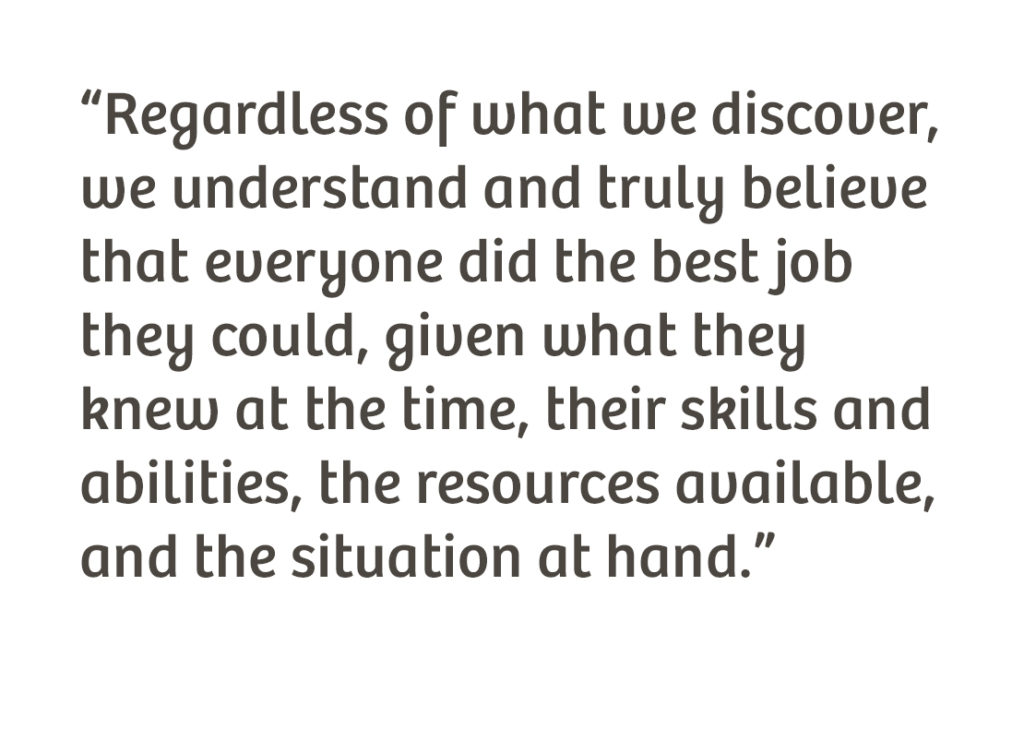What It Is:
The Prime Directive in the context of Agile retrospectives is attributed to Norm Kerth, and it is a guiding principle used during retrospectives. The Prime Directive is formulated as follows:
“Regardless of what we discover, we understand and truly believe that everyone did the best job they could, given what they knew at the time, their skills and abilities, the resources available, and the situation at hand.”
How to Use It:
Using the Prime Directive in Agile Coaching:
- Creating a Safe Environment:
- Emphasize the Prime Directive at the beginning of retrospectives to establish a safe and non-blaming environment. This encourages team members to share openly without fear of judgment.
- Focusing on Improvements:
- Use the Prime Directive to shift the focus of retrospectives from blaming individuals to identifying areas for improvement. Frame discussions in terms of learning and adapting rather than assigning blame.
- Encouraging Open Communication:
- Remind team members of the Prime Directive when discussing challenges or issues. Encourage open communication and active listening, emphasizing that the goal is to understand and improve, not to lay blame.
- Building Trust:
- The Prime Directive contributes to building trust within the team. When team members genuinely believe that everyone did their best, it fosters a collaborative and supportive atmosphere.
- Individual Reflection:
- Encourage team members to reflect individually on the Prime Directive. This self-reflection can help individuals recognize their efforts and contributions, fostering a positive mindset.
Applying the Prime Directive in Agile coaching contributes to creating a positive and constructive team culture. By embracing the belief that everyone did their best given the circumstances, teams can focus on learning, continuous improvement, and building a resilient and collaborative environment.
References:
- “Project Retrospectives: A Handbook for Team Reviews” by Norm Kerth:
- Norm Kerth’s book “Project Retrospectives” provides an in-depth exploration of retrospectives, including the Prime Directive. It offers practical guidance on conducting effective retrospectives.
- Articles and Blogs:
- Search for articles and blogs that discuss the Prime Directive and its application in Agile retrospectives. Many Agile practitioners share their experiences and insights related to this guiding principle.
Visit the Agile Coach’s Toolkit for more definitions, models, theorems and stuff.

